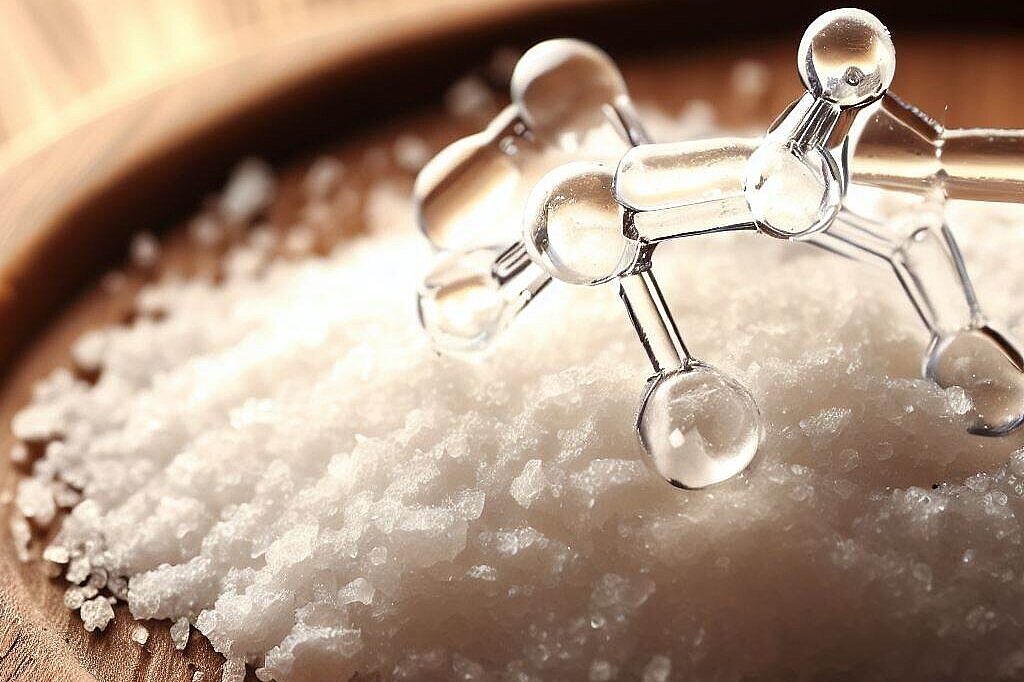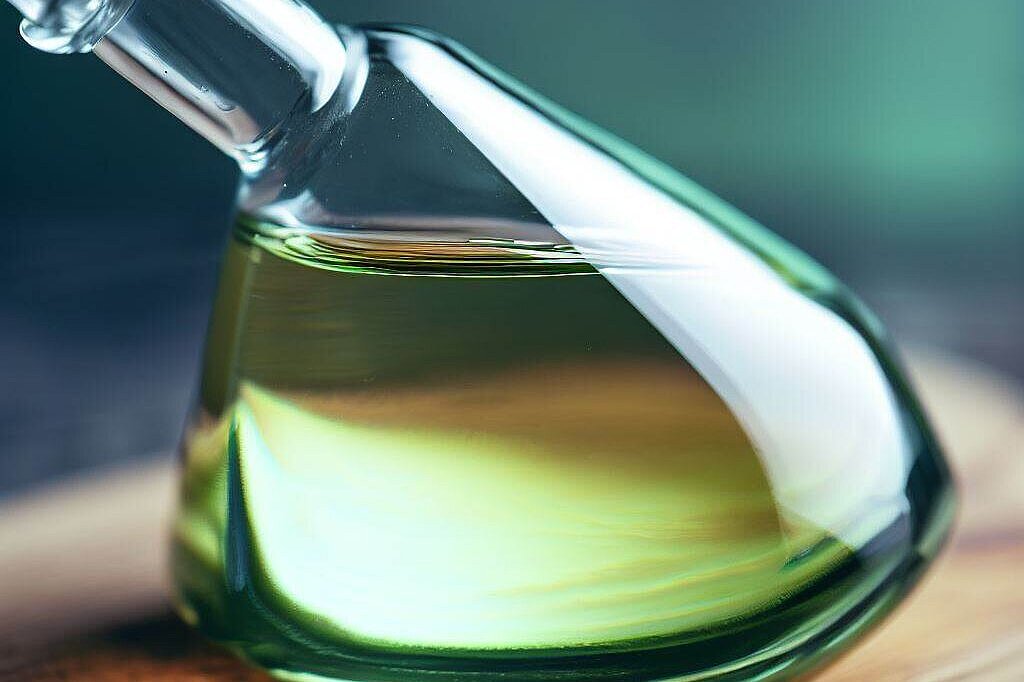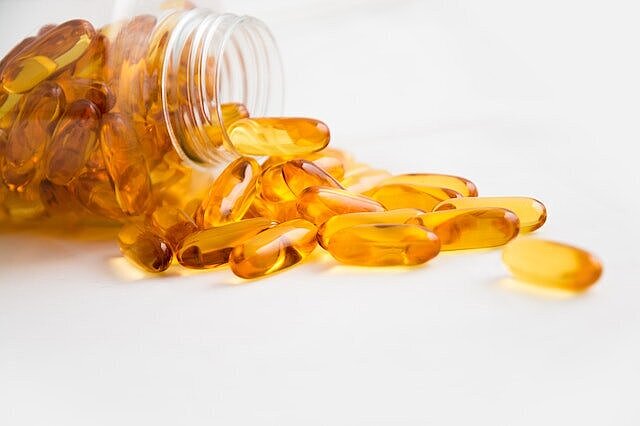Gamma-linolenic acid

Gamma-linolenic acid (GLA) is a polyunsaturated omega-6 fatty acid that is important for the health of your dog's skin, coat, immune system and nervous system. In this article you will find out what GLA is, what its benefits and disadvantages are and how you can give it to your dog in the best possible way.
What is gamma-linolenic acid?
GLA is a fatty acid that is formed from the essential omega-6 fatty acid linoleic acid. Linoleic acid must be taken in with food as the body cannot produce it itself. The body can then synthesize GLA and other fatty acids such as arachidonic acid from linoleic acid. GLA is the precursor for the formation of eicosanoids, which are involved in many metabolic processes as hormones or messenger substances.
What are the benefits of gamma-linolenic acid for dogs?
GLA has various positive effects on your dog's health. Here are some of them:
- Skin and coat: GLA improves the skin barrier, regulates sebum production and promotes wound healing. As a result, it can relieve dry, flaky and itchy skin and contribute to a shiny, healthy coat.
- Immune system: GLA has anti-inflammatory properties and can modulate the immune response. As a result, it can reduce allergic reactions, autoimmune diseases and chronic inflammation.
- Nervous system: GLA is important for the transmission of nerve impulses, especially in the brain. It can improve your dog's cognitive function, learning ability and behavior. It can also prevent neurodegenerative diseases such as dementia.
What are the disadvantages of gamma-linolenic acid for dogs?
GLA also has some potential disadvantages or risks that you should be aware of. Here are some of them:
- Overdosing: too much GLA intake can lead to digestive discomfort, diarrhea, bloating or vomiting. It can also impair blood clotting and increase the risk of bleeding. You should therefore always adhere to the recommended dosage and have your dog checked regularly by a vet.
- Interactions: GLA can interact with some medications or supplements and strengthen or weaken their effect. These include, for example, anticoagulants, antidiabetics, immunosuppressants or painkillers. You should therefore always consult your vet before giving your dog GLA.
- Ratio to omega-3 fatty acids: GLA belongs to the omega-6 fatty acids, which are healthy in the right amount, but can have a pro-inflammatory effect in excess. It is therefore important to keep an eye on the ratio of omega-6 to omega-3 fatty acids. Ideally, this should be between 5:1 and 10:1. To achieve this ratio, you can give your dog omega-3 fatty acids from fish oil or linseed oil in addition to GLA.
How can you supply your dog with gamma-linolenic acid?
GLA is found in some vegetable oils that you can give your dog as a dietary supplement. The best known are:
- Borage oil:Borage oil has the highest GLA content of all oils, around 20%. It has a nutty taste and is well tolerated.
- Evening primrose oil: Evening primrose oil has a GLA content of around 10%. It has a mild taste and has a soothing effect on the skin.
- Hemp oil:Hemp oil has a GLA content of around 3%. It has a grassy taste and also contains other valuable fatty acids such as omega-3 fatty acids.
The dosage of GLA for dogs depends on various factors, such as weight, health status and the reason for intake. A general recommendation is to give about 0.5 to 1 ml of oil per 10 kg of body weight per day.
Gamma-linolenic acid is an important fatty acid for your dog's health. It can have a positive effect on your dog's skin, coat, immune system and nervous system. You can provide your dog with GLA from vegetable oils such as borage oil, evening primrose oil or hemp oil. However, you should always adhere to the correct dosage, observe the ratio to omega-3 fatty acids and avoid possible interactions with medication or food supplements.
If you notice any signs of hypersensitivity or poisoning in your dog, you should see your vet immediately. We are not a substitute for a vet, but we try to be as accurate as possible. Every dog reacts differently and we recommend you get a second opinion or consult your vet if in doubt.
Stay healthy and take good care of your four-legged friend!😊
Similar to Gamma-linolenic acid
Linolenic acid is a polyunsaturated fatty acid consisting of 18 carbon atoms and three double bonds. It is the precursor of other omega-3 fatty acids such as eicosapentaenoic acid (EPA) and...
Eicosapentaenoic acid is an essential fatty acid, which means that it cannot be produced by the body itself and must therefore be obtained from food. EPA is a building block for various hormones and...
DHA is a polyunsaturated fatty acid that belongs to the group of omega-3 fatty acids. Omega-3 fatty acids are essential for dogs, i.e. they cannot be produced by the body itself and must be ingested...
The benefits of linoleic acid for dogs Linoleic acid is an important building block for the formation of prostaglandins, which have anti-inflammatory and pain-relieving effects. It can therefore help...



